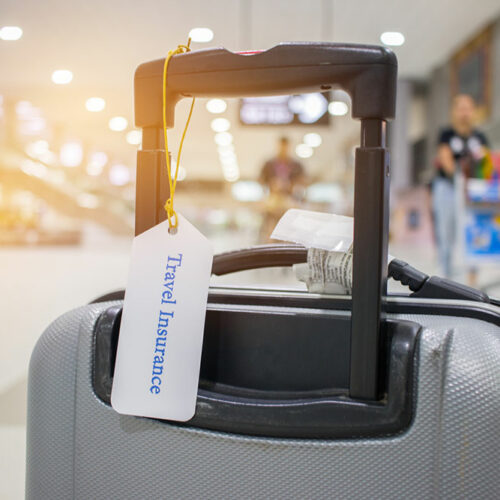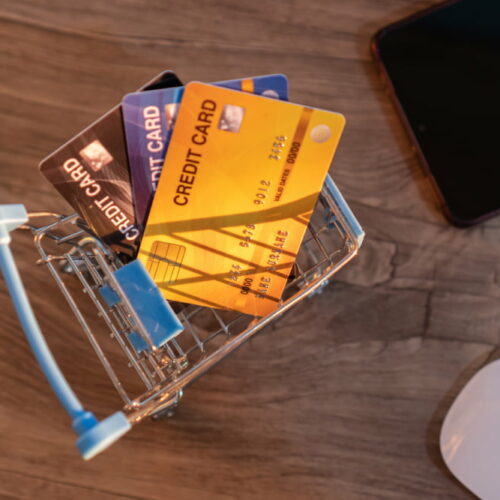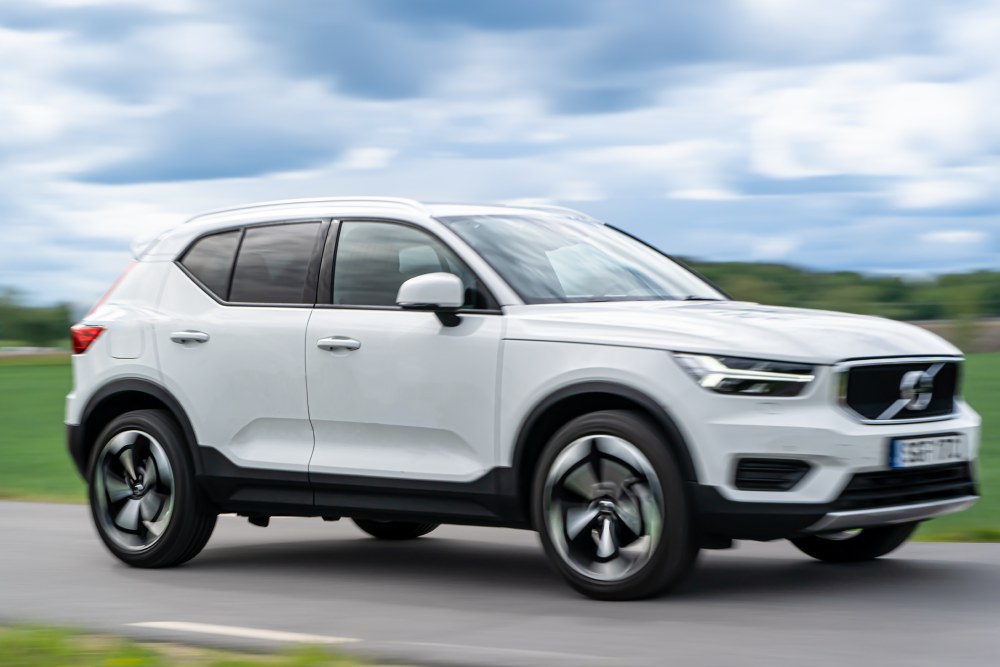6 common smartphone charging mistakes to avoid

Charging the smartphone has become such a mundane task in everyone’s life. However, many people don’t know that they could be making several mistakes while doing so, causing the battery to drain faster than it should and making the phone less efficient. Despite the task looking deceivingly simple, there is a lot that goes into perfecting technology. These nuances determine the charge cycles of one’s phone, determining the battery’s lifespan. 1. Leaving the charger in the socket One of the most common mistakes people make with their chargers is letting them remain in the sockets. This plugged-in charger keeps drawing electricity, causing a significant rise in one’s energy bills. If the room is humid enough, this can also result in the transformer short-circuiting and catching fire. Always unplug the charger and stow it away when not in use to stay safe. This will help save on energy costs and keep the home safe. 2. Letting the battery die completely before charging it again Today, all smartphones use lithium-ion batteries with a set number of charge cycles. Letting the phone’s battery die completely affects this cycle, impacting its longevity. To avoid this issue, don’t let the phone’s battery reach 0% before charging it.






